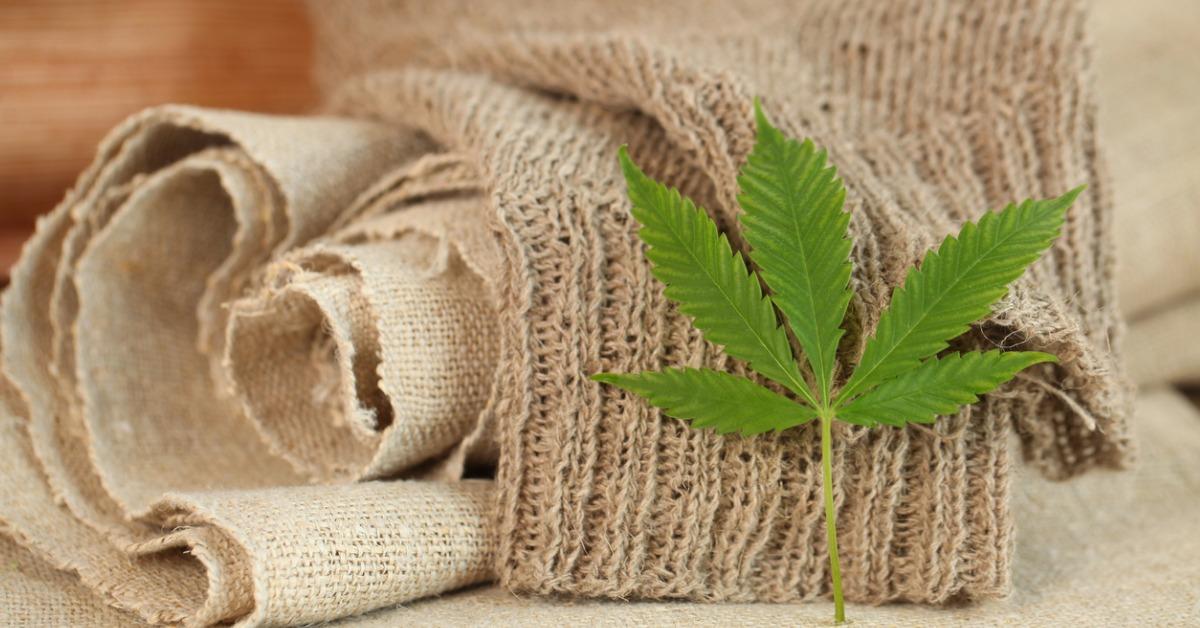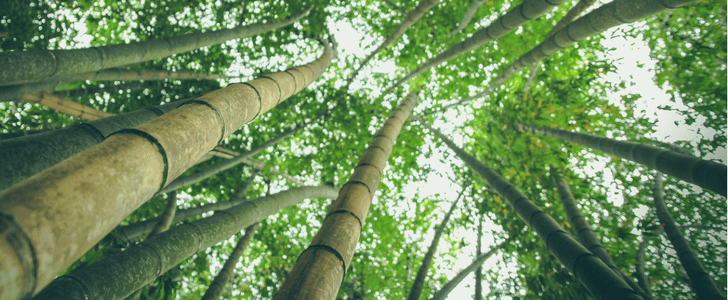Great Info For Deciding On Hemp Clothing
Wiki Article
What Are The Advantages Of Low Impact Fibre Hemp Clothing For The Environment?
Clothing made from low-impact fiber hemp offers many environmental benefits compared to other clothing materials. This includes clothing that is made using synthetic fibers or traditional cotton. Here are a few important environmental benefits of hemp clothing: Sustainable FarmingThe hemp crop is sustainable. Hemp is a very sustainable crop. It grows quickly and requires very little water, pesticides, and herbicides compared to many other crops. Hemp can adapt to different soil types and climates and climates, which decreases the requirement for chemical fertilizers in agriculture.
Hemp generally uses less water than conventional cotton. Cotton is known to use plenty of water. It makes hemp a sustainable option for garment production.
Hemp is often produced without the use of synthetic pesticides. Herbicides are also not necessary. This helps to reduce the environmental harm that comes from chemical farming.
Hemp cultivation can boost soil health by preventing soil compaction and erosion. Hemp leaves the soil better prepared for the next crop.
Biodegradability Hemp fibers degrade naturally and can be biodegraded over time. In contrast, synthetic fibers like polyester are able to decompose in a matter of hundreds of year.
Lower Carbon Footprint - The hemp fiber production generally has a less carbon footprint when compared to synthetic materials. Hemp can also act as a carbon dioxide sink through the absorption of carbon dioxide from air during the process of growing.
Hemp clothing's durability and longevity is well-known. The best hemp clothing will last for a long time, reducing the necessity to replace them regularly.
Natural Pest Resistance Hemp plants have natural resistance to a variety of pests, which reduces the necessity for chemical pest control measures.
Hemp has a wide range of applications in textiles, including clothing, accessories, bags and much more. This makes it an environmentally friendly and flexible choice for fashion and textiles.
Regenerative Agriculture - Certain sustainable farming practices use hemp in regenerative systems of agriculture that seek to improve ecosystems and improve the quality of their ecosystems while generating crops. This method has positive environmental benefits.
While hemp offers many environmental benefits, its overall sustainability is also affected by other elements like transport, dyeing process and the behavior of consumers. Additionally, as with any industry, there can be a variety of production methods and standards, so it's beneficial to look for certified hemp clothing that is sustainable or organic alternatives to get the best environmental benefits. Read the top hemp clothes for website advice including 100 hemp clothing, hemp sweater, hemp long sleeve shirt, hemp swimsuit, hemp dress, hemp button shirt, hemp clothing for men, jungmaven t shirt, wholesale hemp fabric, hoodlamb coat and more.

What Is The Hemp-Based Clothing's Performance To Other Fibres In Terms Of Performance And Quality?
Hemp clothing provides several practical and technical advantages over traditional textiles. It is also environmentally sustainable. Hemp clothing is an ideal alternative to go green because it's dry and breathable.
Hemp fibers are highly air-tight and moisture-wicking, which makes hemp clothing comfortable to wear under a variety of conditions. They are able to help wick away moisture from the skin, keeping you cool in hot weather.
Regulation of Temperature Regulation-
Clothing made from hemp is very thermoregulatory and breathable. It is able to keep you warm in cold temperatures by trapping body heat close and help to stay cool during warm weather when heat and moisture are allowed to go away. The ability to regulate your body temperature naturally will help you stay away from frequent changes of clothes.
Durability and Longevity-
Hemp fibers can be durable. Hemp clothing has a tendency to be more durable and durable. It is also less prone to wear and durable than some traditional fibers. Hemp garments are durable, meaning they can last longer and reduce the need for replacements, and, consequently, their impact on the environment.
UV Protection
Hemp fibers provide natural UV protection, shielding the skin from harmful UV radiation. This is a feature that is particularly useful for outdoor activities.
Biodegradability:
Hemp clothes are biodegradable, which means it degrades naturally over time when disposed of. This feature reduces pollution caused by textiles since synthetic fibers are able to persist in landfills.
Low Environmental Impact
Hemp cultivation typically requires fewer synthetic herbicides and pesticides as compared to conventional cotton. It requires less of the precious water resource. This is a greener option. This green aspect is further amplified by organic farming.
Carbon Sequestration
During their growth, hemp plants can absorb carbon dioxide from the air. In this way, hemp is able to be used as a carbon sink to aid in reducing greenhouse gas emissions.
Sustainability and Crop Rotation-
Hemp can easily be integrated into crop-rotation systems that improve overall soil health. It also decreases the possibility of soil depletion or the accumulation of disease. This sustainable farming method contributes to the eco-friendliness.
Versatility:
Hemp fibers are a plethora of material that can be blended with organic cotton recycled polyester or other materials to create eco-friendly fabrics. This flexibility allows the creation of new, sustainable textile products.
Low Toxicity
Hemp fibers have a low toxicity and don't require extensive chemical processing to manufacture. This helps reduce the negative impact of manufacturing textiles on the environmental.
It is important to keep in mind that while hemp does have many environmental benefits, including functional ones, its overall sustainability also is dependent on other factors like the dyeing process, transportation and ethical practices for work. To make eco-friendly decisions, shoppers can search for brands that are committed to transparency, sustainability and ethical manufacturing practices and hemp or other eco-friendly fibers. View the best hemp clothes advice for more examples including hemp t shirt mens, hemp tees, hemp button down shirt, hemp trousers, hemp boxer shorts, hemp bathing suit, mens hemp t shirts, hemp jeans mens, mens hemp clothing, nomad hemp wear and more.

What are the main differences between bamboo and hemp fibers?
There are many differences between hemp and bamboo and bamboo, as well as their distinct characteristics. Here are a few of the major distinctions between bamboo and hemp fibre- 1. Plant Source-
Hemp- Hemp fibres are made from the outer bast of the stalks. Hemp has been utilized for a variety of reasons over the years. It is a rapidly growing and adaptable plant.
Bamboo The bamboo fibres are made by the cellulose of bamboo plants. Bamboo is grass that grows with rapid growth as well as for its capacity to regenerate rapidly.
2. Fiber Characteristics
Hemp- Hemp fibres are recognized as strong and long-lasting. They are among the strongest of all the natural fibers. With each wash they become softer and more flexible, making them ideal for fabrics that last for a long time.
Bamboo- Bamboo fibers are exceptionally soft and have a silky texture. They may be less dense and less robust than hemp, but they are appreciated for their comfort.
3. Texture and Feeling
Hemp- Hemp fabric has the appearance of a coarse and rough feeling, particularly in its natural state. It's soft, but the texture is different from bamboo.
Bamboo is soft and silky smooth. It is frequently described by those who wear it as a mixture of silk and cotton.
4. Dryness and Breathability-
Hemp- Hemp is naturally air-tight. It also absorbs water. They help you stay cool and dry in the summer heat.
Bamboo is also extremely permeable, and it is able to wick away moisture. They are brimming with micro-gaps, which enhance their ability to regulate moisture and temperature, ensuring you are comfortable in various conditions.
5. Environmental Impact-
Hemp Hemp can be considered an environmentally friendly fiber because of its high increase in growth, its low requirements for water, and its resistance to insects. These factors make it less necessary to use pesticides or herbicides. It is also able to sequester carbon during its growing process.
Bamboo- Bamboo is famous for its environmental sustainability. It grows quickly, requires minimal water and is able to be cultivated without pesticides or herbicides. Some bamboo varieties, like Moso bamboo, are extremely sustainable.
6. Processing-
Hemp- Hemp fibers must be processed extensively to separate the bast fibers from the core. The process may involve retting or decortication.
Bamboo The bamboo fibers are extracted using a chemical known as the viscose, or rayon process. This involves chemically cutting down bamboo pulp. If not properly controlled this process can be harmful to the natural environment. But some bamboo fabric use closed loop systems to minimize the amount of waste.
7. Versatility-
Hemp- Hemp can be utilized to create a variety of products, such as clothing papers, textiles and building materials.
Bamboo- Bamboo is typically used for clothing and textiles. But, it may be used in other products such as bed linens and towels.
Both hemp, and bamboo are unique and have sustainability advantages. It's all about what you're looking for in a material, and how environmentally conscious you are. Check out the top rated bamboo clothing for more recommendations including bamboo shorts, bamboo mens shirts, ladies bamboo pants, bamboo undergarments, bamboo trousers mens, bamboo jeans, bamboo pants, freefly summer hoodies, bamboo sports clothing, bamboo hoodie women's and more.
